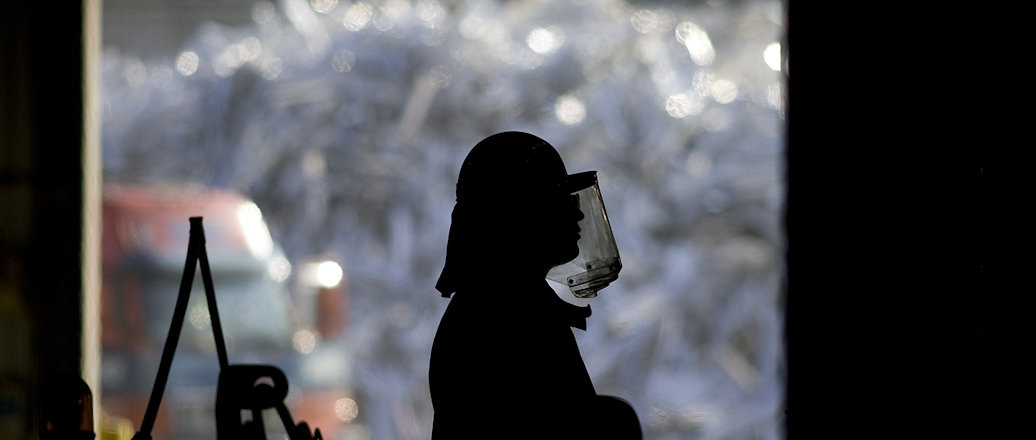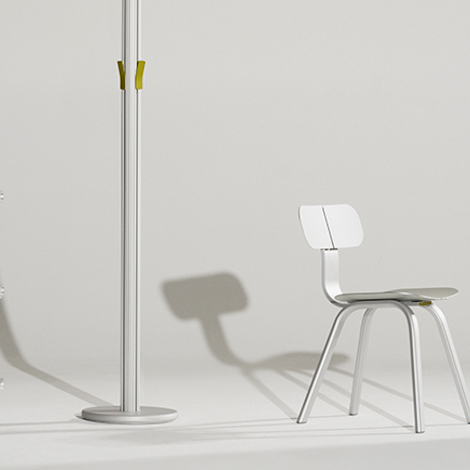How do you know the actual CO2 footprint of your recycled aluminium?
Aluminium is a perfect material for the circular economy: It is strong, light, durable and infinitely recyclable when done in the right way. Most aluminium producers offer recycled aluminium as greener alternatives to meet your needs in a more sustainable way.
However, not all recycling is equal in terms of its environmental impact – it depends where the material comes from, and whether it has lived a useful life in a product before. What makes it complicated is that aluminium companies have different ways of calculating the environmental impact of their materials. There is no common standard that can guide buyers, designers, architects and engineers when it comes to the sustainability of recycled aluminium.
Let me explain.
To understand if your recycled aluminium is better for the environment, you need to know where the material originally comes from. The higher the recycled post-consumer content in aluminium, the lower the carbon footprint.
If your recycled aluminium is from recycled beverage cans or discarded car parts, its CO2 footprint is close to zero, as recycling aluminium only requires 5% of the energy it takes to produce it the first time around. Post-consumed scrap is therefore the greenest recycled aluminium.
Aluminium can also be recycled from production waste, or pre-consumer scrap. And it makes sense to bring this material back into the loop instead of leaving it at the scrap yard. However, as this aluminium has never been used in a product and had a useful life before, it carries with it the same CO2 footprint as the original aluminium – plus 5% from the recycling process.
Ask what’s inside your recycled aluminium
What you need to be aware of when you buy recycled aluminium is therefore that some companies put pre- and post-consumer scrap in the same basket. This incentivizes the production of waste and allows for aluminium with a high carbon footprint to come out as scrap with zero carbon footprint. For example, if the aluminium was produced with coal power, the footprint will not disappear just by recollecting production waste and putting it back in the melting oven.
That is why, as a customer of recycled aluminium (or any other material), you should always ask:
- What is the CO2 footprint of my product?
- How do you calculate the CO2 footprint?
- How do you document the product you sell?
In addition, if your product comes with an Environmental Product Declaration (EPD) the document should describe the shares of pre- and post-consumer scrap, alongside the global warming potential (the “CO2 footprint”) and the additional environmental impacts of the product.
Information with transparency on methods and calculation is key to give you the full overview of the actual environmental impact of your recycled aluminium.








